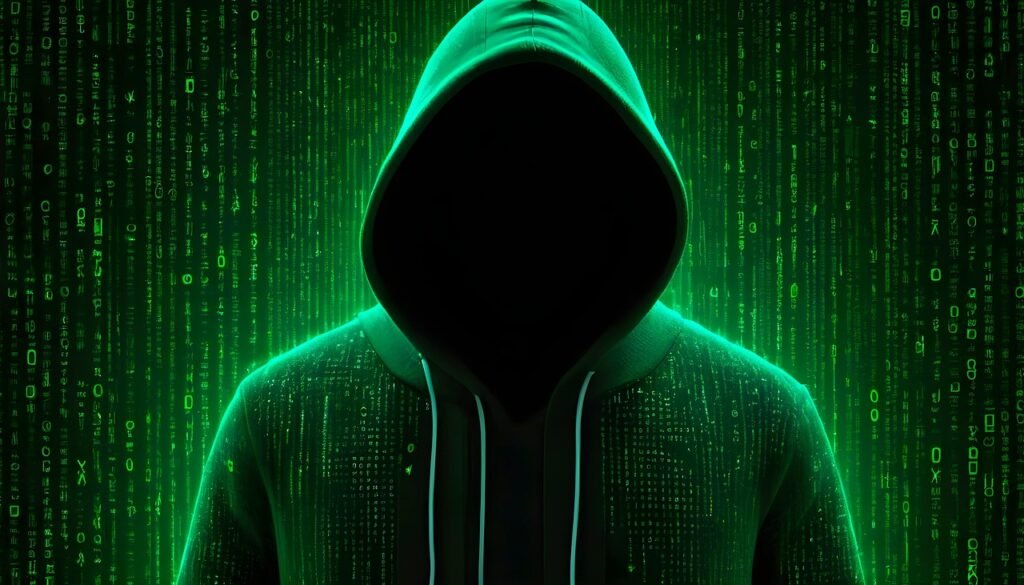Imagine uncovering a scandal that powerful forces want hidden, or reporting from a war zone where revealing your location could mean instant danger. How do journalists navigate the digital shadows in such situations? Behind the scenes of these urgent stories lies a growing, complex dance with anonymity—especially as reporters delve into the concealed realms of the internet known as the dark web.
Dark web journalism has become more than just a niche interest; it’s an essential evolution in storytelling where the stakes are high and exposure can have serious consequences. But why is anonymity so critical for journalists operating in this secretive landscape?
In This Article
What Is Dark Web Journalism?
Unlike mainstream digital reporting, dark web journalism involves gathering, verifying, and publishing information sourced from or about the hidden internet—networks that standard browsers and search engines cannot access. This includes things like whistleblower platforms, anonymous communities, and markets that operate under layers of encryption.
Journalists use these clandestine parts of the internet to:
- Access leaked documents securely
- Communicate with sources who require anonymity
- Investigate illicit activities or human rights abuses without detection
This style of journalism demands not only technical savvy but a nuanced understanding of digital privacy—and a commitment to protect everyone involved in the process.
Why Anonymity Is Critical
The dark web’s allure is its promise of privacy, but that privacy must extend beyond casual users to the journalists engaging with highly sensitive content. Protecting identities is crucial for several reasons:
- Source protection: Whistleblowers and insiders often risk their lives or liberty by sharing information. Anonymity is their shield.
- Journalist safety: In countries with oppressive regimes, revealing a reporter’s identity can lead to imprisonment, violence, or worse.
- Combatting censorship: Anonymity keeps stories alive when governments or organizations seek to silence or manipulate narratives.
- Preserving trust: Anonymous channels foster honest communication where stakeholders feel safe to reveal the truth.
For instance, the rise of tools like SecureDrop underscores the importance of robust anonymized platforms dedicated to safeguarding this process—making anonymity an ethical and practical necessity, not just an option.
Tools and Tactics for Anonymous Reporting
Safeguarding identity requires more than just using Tor or a VPN. Today’s dark web journalists layer technology, strategy, and discipline to stay invisible.
Technical Essentials
- Tor Network: The backbone of dark web anonymity, Tor routes traffic through multiple relays to mask location and activity.
- VPNs Designed for Tor: Choosing privacy-focused VPNs that do not keep logs is crucial. See evaluations in The Best VPNs for Tor in 2025.
- Encrypted Communication: Apps like Signal, combined with encrypted email forwarding services, enable safe source contact.
- Live Operating Systems: Tools like Tails OS let journalists work without leaving traces on physical hardware.
Operational Security (OpSec) Tactics
Journalists must incorporate strict habits:
- Pseudonym Creation: Maintaining separate identities prevents crossover and tracing.
- Compartmentalization: Using segmented virtual machines or browsers for different tasks stops data leaks.
- Metadata Scrubbing: Files must be stripped of location or device info before publication.
- Behavioral Awareness: Avoiding repetitive timing, language patterns, or posting habits that reveal identity.
Use software like MAT2 for removing hidden metadata from files. Remember, even a photo can reveal your GPS coordinates if you’re not careful.
Challenges and Risks Journalists Face
Despite these precautions, dark web journalism is fraught with potential pitfalls.
Technological Threats
Adversaries employ advanced surveillance techniques:
- Traffic Correlation Attacks: By analyzing timing and volume of Tor traffic, attackers can sometimes de-anonymize users.
- Device Fingerprinting: Subtle quirks in a device’s behavior or software can betray its identity.
- Metadata Leaks: Unintentional exposure of file or communication metadata undermines privacy.
Human Factors
No technology can fully protect against operational errors or social engineering. Journalists may slip in casual remarks or share overlapping digital behaviors that make them identifiable.
Legal and Ethical Dilemmas
The murky landscape of the dark web means reporters must navigate risks of incrimination or being mistaken for criminal activity. Ethical concerns about platforming illicit content or putting sources in jeopardy also persist.
Never underestimate human error. A single slip in operational security can unravel months of careful anonymity work.
Future Trends in Dark Web Journalism
As the digital world grows ever more interconnected and surveillance techniques evolve, journalists are pioneering new methods and tools.
- Decentralized Publishing Platforms: Protocols like Blockchain and IPFS provide censorship-resistant ways to publish anonymously.
- AI-Assisted Anonymity: Emerging AI tools can automatically randomize writing style, posting schedules, and metadata footprints—helping reporters avoid behavioral fingerprinting.
- Multi-Endpoint Encryption: Journalists coordinate encrypted workflows across numerous devices and channels to diversify risk.
These trends emphasize that anonymity isn’t static; it requires constant adaptation and education. Our guide on journalist-focused OPSEC tools for high-risk regions dives deeper into these dynamic strategies.
In an era where surveillance is more sophisticated than ever, dark web journalism stands as a testament to the resilience and ingenuity of storytellers committed to truth—even under the shadow of danger. Their tools might be complex, but their mission remains simple: to shed light where darkness tries to prevail.



